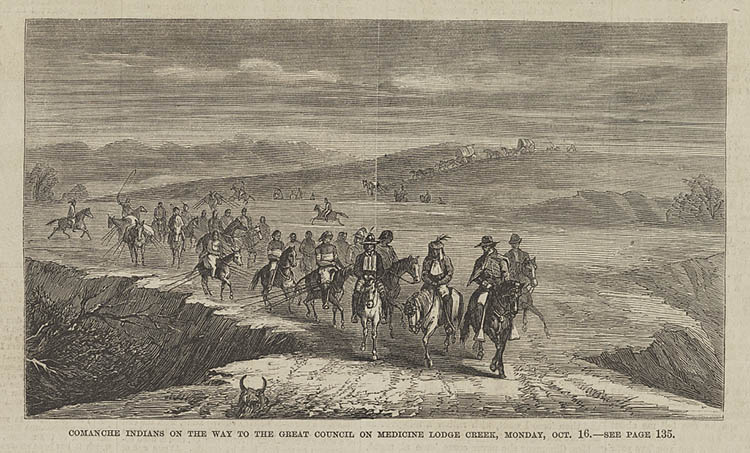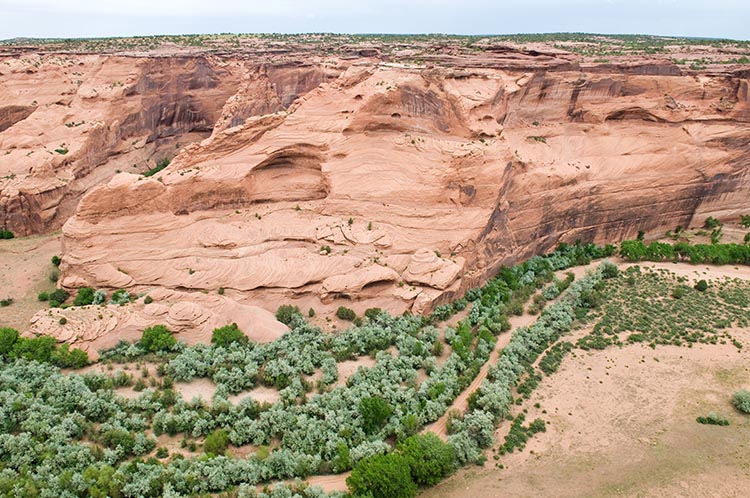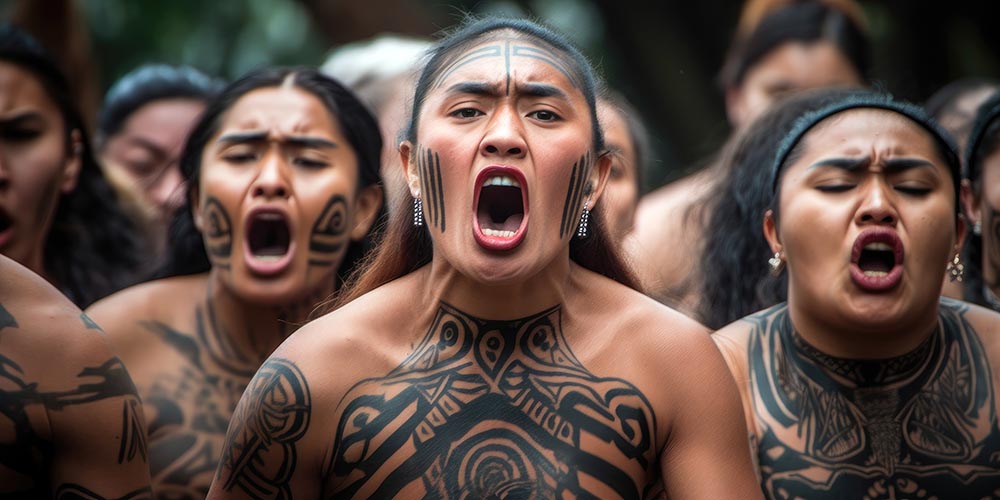Languages 4 Generations | Indigenous Ancestors
Potsanaquahip (Buffalo Hump) - Comanche Chief of Resilience and Resistance

May 15, 2024
Languages 4 Generations | Indigenous Ancestors:
Potsanaquahip (Buffalo Hump)- Comanche Chief of Resilience and Resistance
Buffalo Hump, a respected Penateka Comanche chief, remains a significant figure in Native American history due to his leadership during a period of intense conflict and change. His efforts to safeguard the Comanche way of life against the encroachments of settlers and the Texas government highlight his profound commitment to his people's sovereignty and cultural identity. Buffalo Hump's story, like so many other exceptional Indigenous leaders of history, exemplifies the mission of Languages 4 by illuminating the importance of Indigenous stories and identity in maintaining cultural continuity and identity.
Key Author's Impressions About Potsanaquahip From Historical Documents

A Painting of Buffalo Hump - George Carlin - c. 1832
Early Life and Background
Born in the early 1800s, Buffalo Hump rose to prominence within the Penateka band of the Comanche nation, known for their fierce independence and deep connection to the lands of present-day Texas. His Comanche name was Potsanaquahip. Though less frequently used in historical texts, it symbolizes strength and resilience, traits defining his leadership. Raised in a nomadic tribe that valued horsemanship and warrior skills, Buffalo Hump was shaped by the Comanche tradition of defending their territory and way of life against external pressures.
Cultural Impact
Buffalo Hump's leadership was not only political but deeply cultural. He worked tirelessly to preserve Comanche cultural practices, including language, ceremonies, and tribal governance. His role in cultural preservation was critical during a period when many Native American cultures faced dilution or erasure due to American expansionism. Buffalo Hump understood the importance of cultural identity in strengthening community bonds and resilience, often emphasizing the spiritual and historical significance of the Comanche relationship with their land.
Political Influence
As a leader, Buffalo Hump navigated the complex political landscape of the Texas frontier. He played a pivotal role in several key events, including leading his people during the Great Raid of 1840, which was both a response to the injustices suffered by the Comanche and a demonstration of their power and unwillingness to be subdued or relocated. His political acumen was also evident in his dealings with Texas officials, where he was often a negotiator, articulating the rights and demands of his people with compelling clarity.
His political philosophy was encapsulated in his poignant reflection during negotiations, where he stated, "If the land is not ours, whose is it?" (2) This question challenged the foundational injustices perpetrated against his people and highlighted his role as a protector of his nation's autonomy.
Societal Contributions
Beyond his military and political engagements, Buffalo Hump sought to ensure the welfare of his tribe through sustainable relations with other groups, including both Indigenous and non-Indigenous communities. He was known for his strategic alliances, which sometimes included temporary peace treaties with settlers and other tribes, showcasing his pragmatism and deep commitment to his people's survival.
His influence extended into creating a social structure that allowed the Comanche to adapt to the rapidly changing circumstances of the 19th century without relinquishing their cultural core. His leadership helped the Comanche maintain a robust communal identity, which was crucial for their resilience in the face of displacement and cultural assimilation pressures.
Lasting Impact on Popular Culture
Buffalo Hump's legacy reaches beyond historical texts into the realm of popular culture, notably through his portrayal in the "Lonesome Dove" series by Larry McMurtry. This fictional representation introduces a broader audience to the complexities of Comanche leadership and the struggles of the American frontier, enriching the public's understanding of Native American history.
"..as it proceeds Buffalo Hump sees his future all too clearly. The buffaloes are vanishing as quickly as the whites are multiplying, and noble warriors are reluctantly moving to the reservations. But Buffalo Hump believes that a great Comanche war chief does not go gently. "(1)

An Image of a Comanche Tee Pee In Camp, 1830
Personal Anecdotes and Quotes
Buffalo Hump was known for his eloquence and the power of his speeches, which could inspire both peace and resistance. His diplomatic skills are further illustrated by his insistence on direct communication with Texas officials, asserting, "We ask for nothing but what is plainly our right, that is to live on our lands and to live as our fathers lived before us." This declaration emphasized his demands for justice and underscored his deep respect for his ancestors and their ways.
Legacy and Impact
The legacy of Buffalo Hump is a testament to the enduring spirit of the Comanche people. His leadership during extreme challenges has continued inspiring generations of Indigenous and non-Indigenous people. Today, initiatives and movements that aim to protect Indigenous lands and rights echo his early resistance, highlighting the ongoing relevance of his life and work.
The profound impact of Potsanaquahip on his community and beyond demonstrates Indigenous leaders' critical role in advocating for their people's rights and well-being. His impact is certainly worth not only remembering but also learning from. Languages 4 emphasizes the importance of preserving and promoting Indigenous languages and cultures as vital elements of human heritage. His story encourages us to reflect on the significance of cultural sovereignty and the power of steadfast leadership in the face of adversity.
References:
(1) Solomon, Andy. "Lonesome Dude." The New York Times, 7 Dec. 1997, Section 7, p. 44, https://www.nytimes.com/1997/12/07/books/lonesome-dude.html.
(2) Gelo, Daniel J. "Two Episodes in Texas Indian History Reconsidered: Getting the FactsRight about the Lafuente Attack and the Fort Parker Raid." The Southwestern Historical Quarterly, vol. 120, no. 4, 2017, pp. 440–60. JSTOR, http://www.jstor.org/stable/44647154
(3) Delay, Brian. "The Wider World of the Handsome Man: Southern Plains Indians Invade Mexico, 1830-1848." Journal of the Early Republic, vol. 27, no. 1, 2007, pp. 83–113. JSTOR, http://www.jstor.org/stable/30043476.
(4) Anderson, H. Allen. "The Delaware and Shawnee Indians and the Republic of Texas, 1820-1845." The Southwestern Historical Quarterly, vol. 94, no. 2, 1990, pp. 231–60. JSTOR, http://www.jstor.org/stable/30241361
Connect With Us
Follow our journey, share your thoughts, and participate in the conversation. Let's keep languages vibrant together.
Languages 4™ is more than a tool; it's a partner in the mission of preserving and revitalizing Indigenous languages. We invite reach out to us explore how our platform can support your language teaching goals. [Join the Conversation 📩 Subscribe to our Newsletter ] and take a step towards sustaining the rich heritage of Indigenous languages.

